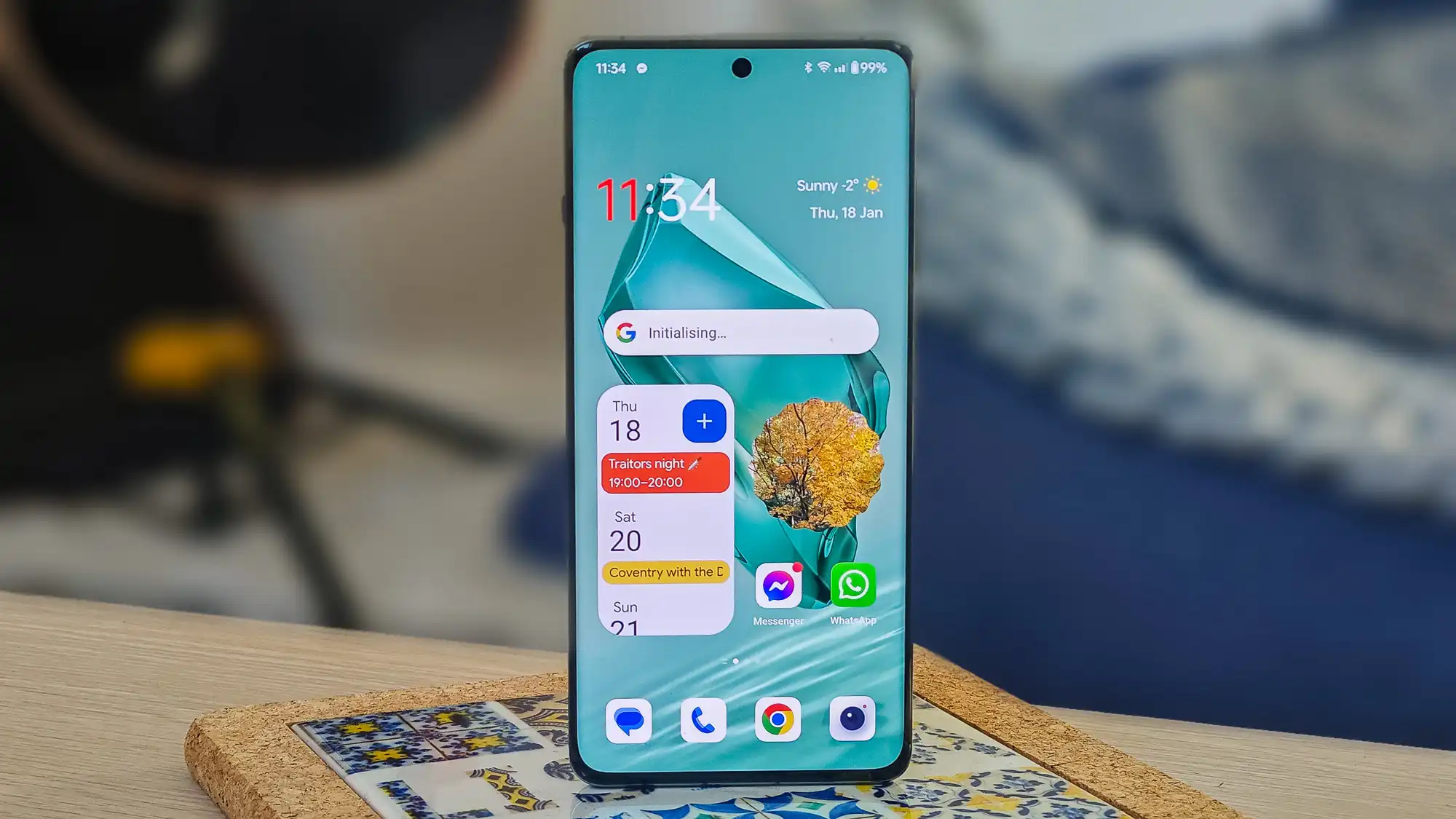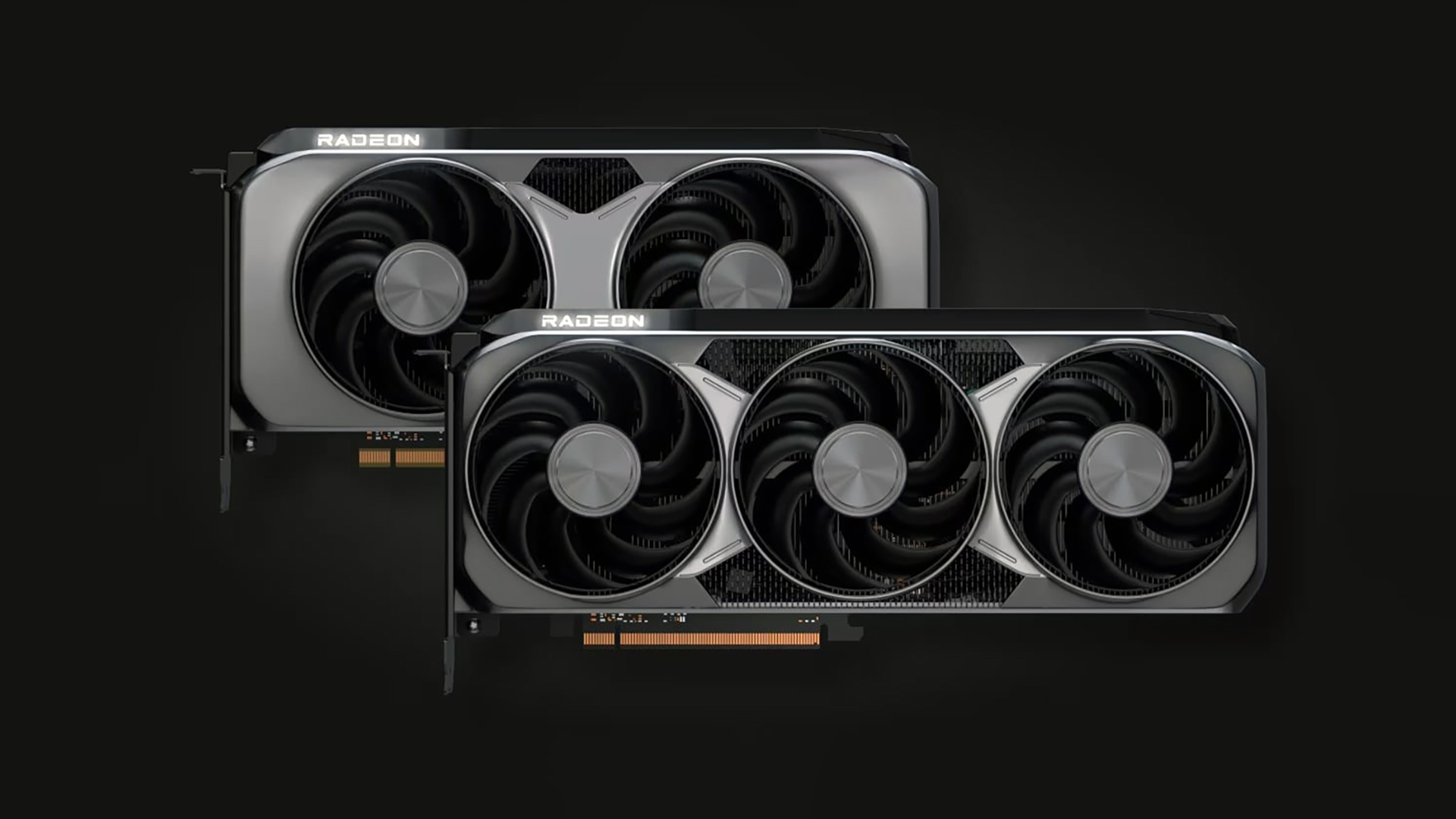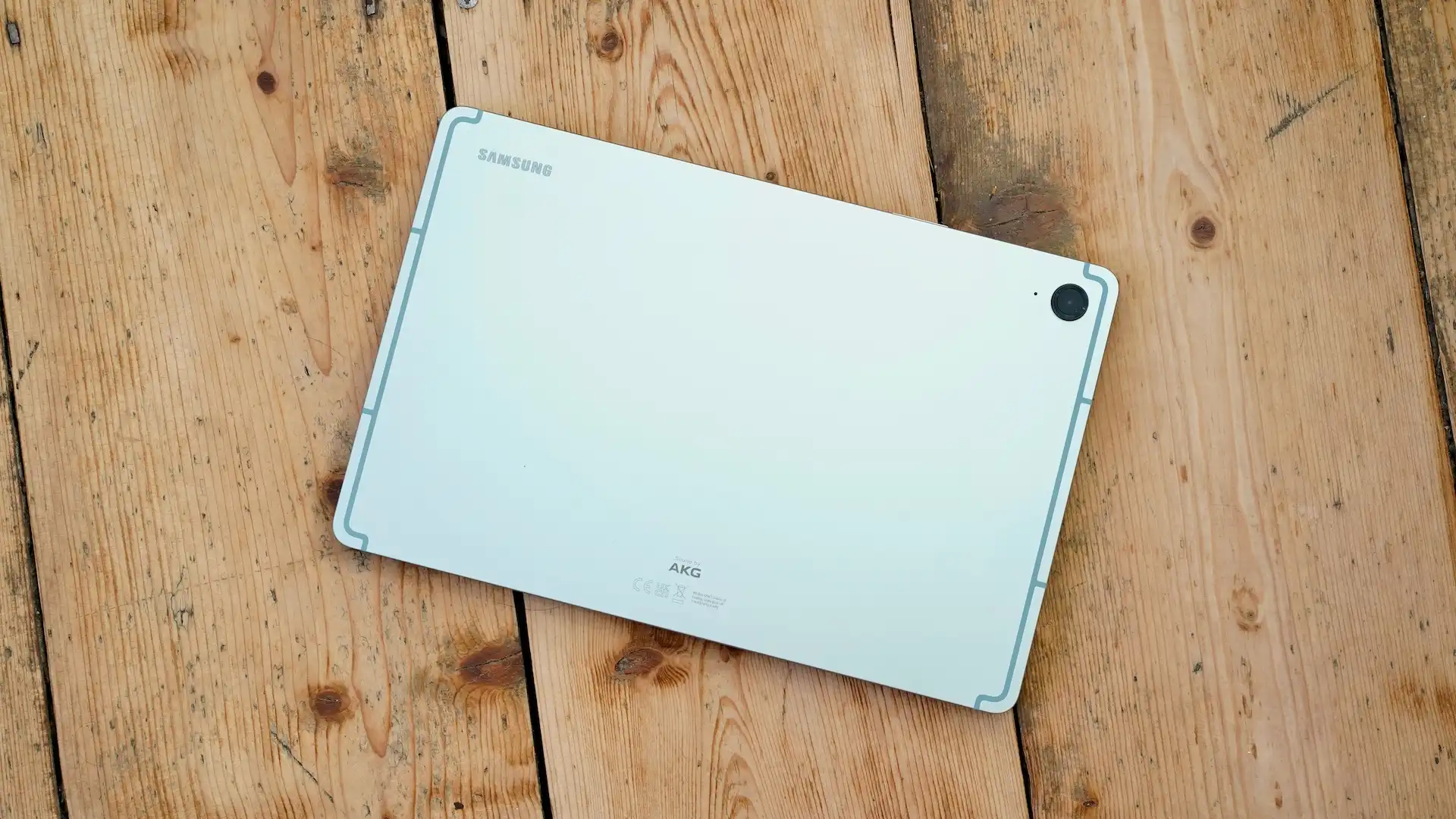When it comes to flagship smartphones, Apple, Samsung and Google are probably the first brands that come to mind.
But ignore OnePlus at your peril. The Chinese company is great at making high-end phones, evidenced by the excellent OnePlus 12. It offers everything most people are looking for in an Android phone, at a price that undercuts many rivals.
So, what can we expect from its successor? As it’s now scheduled to debut soon, we already have an idea of what OnePlus is planning. Here’s everything you need to know at this stage.
When will the OnePlus 13 be released?
In recent years, OnePlus has settled into a very consistent release schedule for its flagship phones in Europe and North America:
- OnePlus 12 – February 2024
- OnePlus 12R – February 2024
- OnePlus 11 – February 2023
- OnePlus 10 Pro – March 2022
- OnePlus 9 – March 2021
- OnePlus 9 Pro – March 2021
This would be around the same time as the Samsung Galaxy S25. However, OnePlus China President Louis Lee has confirmed that the company’s next flagship, the OnePlus 13, will be launched in October.
This aligns with previous claims from both leakers Smart Pikachu (via 91 Mobiles) and Digital Chat Station (via Gadgets360), as well as from the OnePlus Club, that OnePlus wants its next flagship to be the first smartphone to launch running the Snapdragon 8 Gen 4, Qualcomm’s next top-of-the-line smartphone chip that will debut at Snapdragon Summit on 24 October.
At this point, we don’t know whether the premiere in October will be global or only in China. If it’s the latter, we might have to wait for the global release until February or March 2025.
How much will the OnePlus 13 cost?
Nothing has been revealed regarding the pricing of the OnePlus 13 at this stage. However, previous models give us a rough idea of what to expect:
- OnePlus 12 – from £849/$799
- OnePlus 12R – from £649/$599
- OnePlus 11 – from £729/$699
- OnePlus 10 Pro – from £799/$899
- OnePlus 9 – from £629/$729
- OnePlus 9 Pro – from £829/$1,069
The OnePlus 12 saw a significant price rise compared to the 11, but we don’t expect that to be repeated in the next generation. While tech in general has been getting more expensive, OnePlus will want to still undercut flagships from the likes of Apple, Samsung and Google on price.
However, according to Digital Chat Station, the top-tier model of the phone (24GB of RAM and 1TB of storage) is expected to be more expensive than the OnePlus 12 equivalent.
What specs and features will the OnePlus 13 have?
The OnePlus 13 probably won’t arrive in Europe and North America until early 2025, but there are already some key rumours about the phone.
Design
It seems that OnePlus may be reworking the rear camera module design of the OnePlus 12. Tech tipster Digital Chat Station posted on Chinese social media site Weibo that the ‘family-style hinge’ that sits to the left of the rear camera module would be removed.
The same OnePlus Club post on X that mentioned the October launch date has also revealed what it says is a new design for the rear cameras. It shows a new vertical camera module that would replace the circular one from the OnePlus 12.
Replies have pointed out that the rear module looks remarkably similar to that found on the Sony Xperia PRO-I, so it could be a Photoshop image that combines the two.
While the latest rumours point to a change in the camera module, OnePlus might go in a completely different direction to the one above.
The brand might continue using a circular camera array for the OnePlus 13, but it will be positioned more centrally than on the OnePlus 12.
A known leaker, Yogesh Brar, shared a drawing supporting this change.
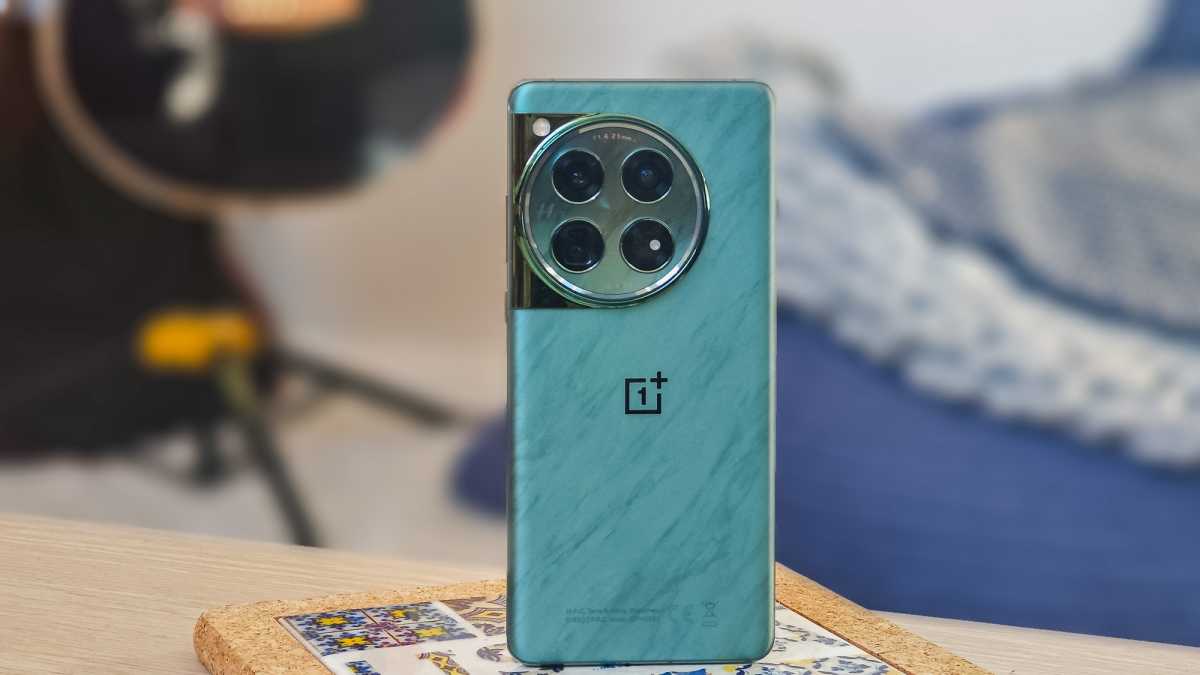
Meanwhile, the OnePlus 13R is expected to feature a rectangular camera array, distinguishing it from its flagship counterpart.
However, some confusion arises from posts on the Chinese site Weibo, which suggest that the OnePlus 13 might also have a rectangular array, but this might be a mix-up with the OnePlus 13R.
A render from Weibo leaker fixed focus digital suggests the OnePlus 13 will have a rectangular array, reminiscent of the OnePlus 10 Pro, while retaining the Hasselblad branding. On the other hand, Yogesh Brar again claims that OnePlus will continue using a round camera block.
These contradictory reports may indicate a mix-up between different models, such as the flagship OnePlus 13 and the more budget-friendly OnePlus 13R, which might feature the square design.
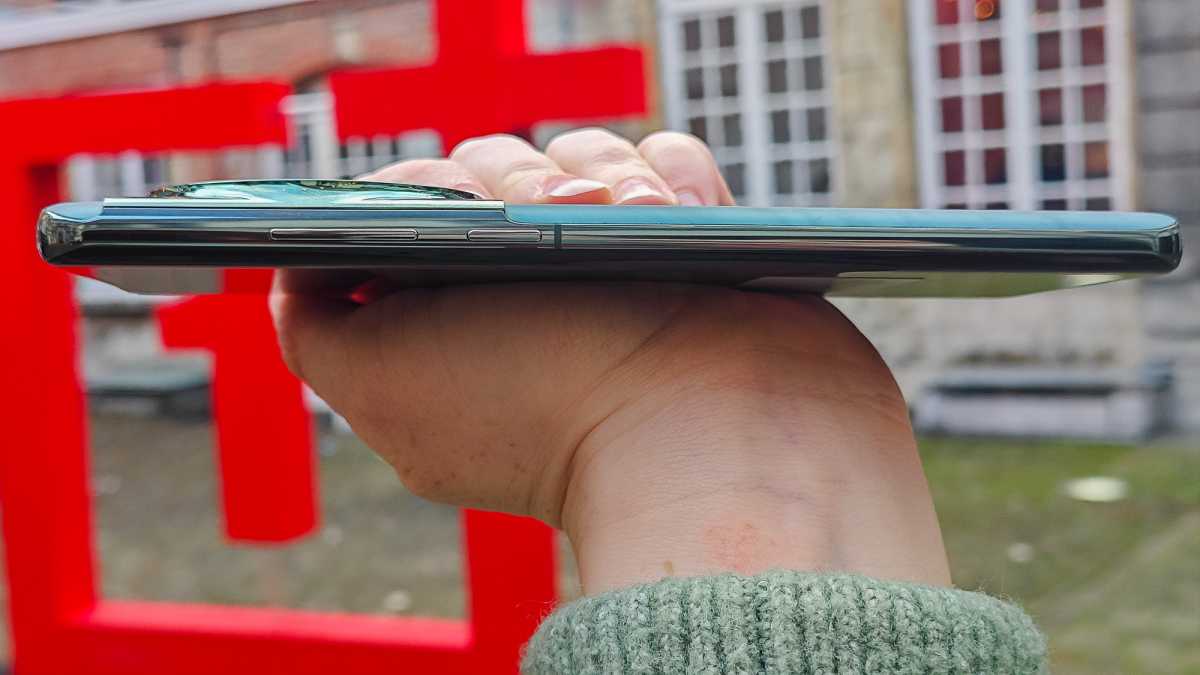
More recently, Qualcomm has released a teaser video that hints at its upcoming Oryon CPU, which will power the Snapdragon 8 Gen 4.
The video reveals little, except for a glimpse of a phone resembling the unreleased OnePlus 13, which features a distinctive off-centered circular camera island design.
This sighting follows another recent appearance of the OnePlus 13 in a BOE teaser showcasing its front design.
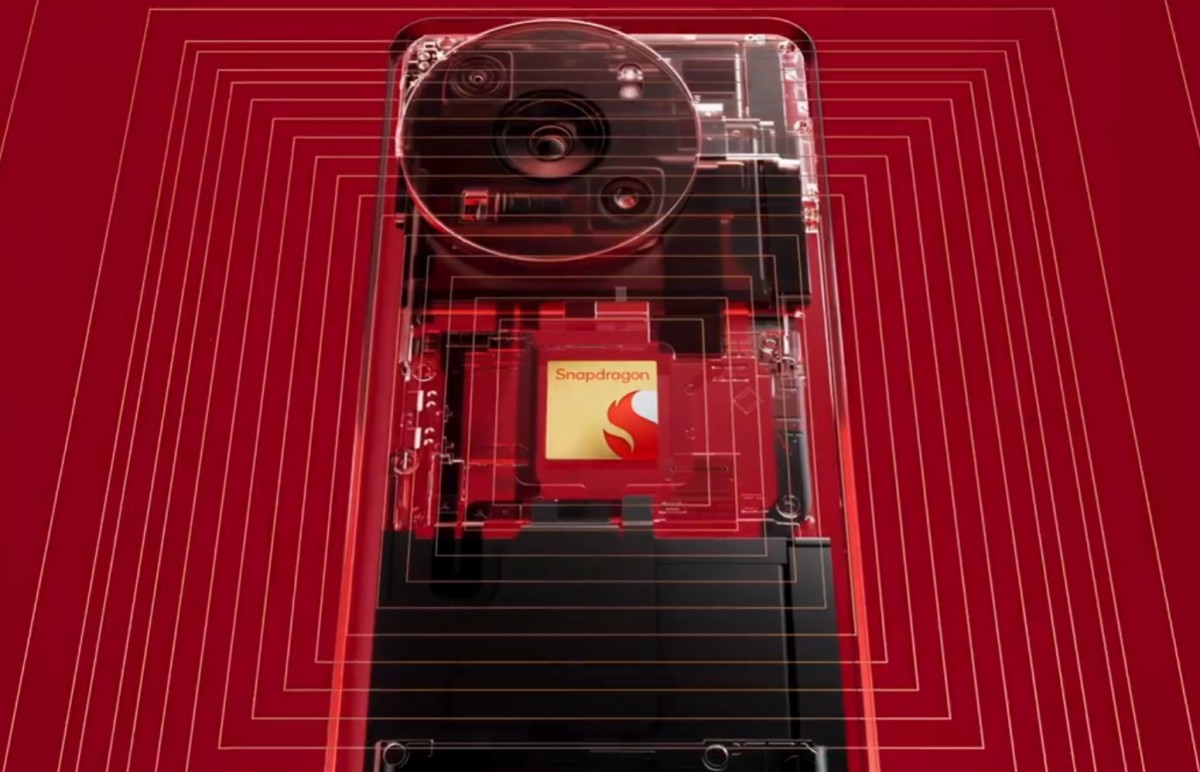
When it comes to durability, a rumour on Weibo by leaker Digital Chat Station suggests the OnePlus 13 will feature enhanced water and dust resistance with IP68 or IP69 ratings, surpassing the OnePlus 12’s IP65 rating.
This improvement means the OnePlus 13 might be able to withstand immersion in water up to 1-3 meters for over 30 minutes (IP68) and even endure powerful high-temperature water jets (IP69). Even flagship phones are limited to IP68 and usually submersion in up to 1.5m of wate, so this could be the first big step forward for smartphone water resistance in a while.
In terms of dust, 6 is the highest rating. The OnePlus 12 is described as ‘dust-tight’ with a rating of 6, so it’s likely the OnePlus 13 will also get that designation.
Display
The OnePlus 12 features already excellent 6.82-inch AMOLED screen with a QHD+ (3168×144) resolution and adaptive refresh rate from 1-120Hz.
However, a Chinese leaker Digital Chat Station suggests that OnePlus 13 will bring significant upgrades from the OnePlus 12 and 12R. According to the leak, the OnePlus 13 will feature a flat screen instead of the curved displays of the lat year’s models.
Recently, OnePlus has teased the OnePlus 13 by showing off its new screen (according to Digital Chat Station), although the full phone itself hasn’t been revealed. The display uses BOE’s second-generation ‘Oriental Screen,’ which promises better performance compared to the previous model used in the OnePlus 12.

Digital Chat Station also claims the phone will use the BOE X2 panel, offering a 2K resolution, 120Hz refresh rate, and LTPO technology. Additionally, the display might feature a gently curved design on all sides.
However, within the display, there are also rumours that OnePlus could be upgrading the fingerprint sensor. According to Smart Pikachu on Weibo, the OnePlus 13 could include an ultrasonic scanner instead of the current optical one.
In general, ultrasonic sensors are more reliable and better at unlocking when your fingers are wet, so this would be a nice upgrade.
Performance
Smart Pikachu on Weibo, Digital Chat Station (via Gadgets360) and OnePlus Club on X believe that the OnePlus 13 will be powered by Qualcomm’s upcoming Snapdragon 8 Gen 4 chipset.
That would make sense, given that the Snapdragon 8 Gen 3 can be found in the OnePlus 12 and the company generally aims to put the latest and greatest chips in its flagship phone.
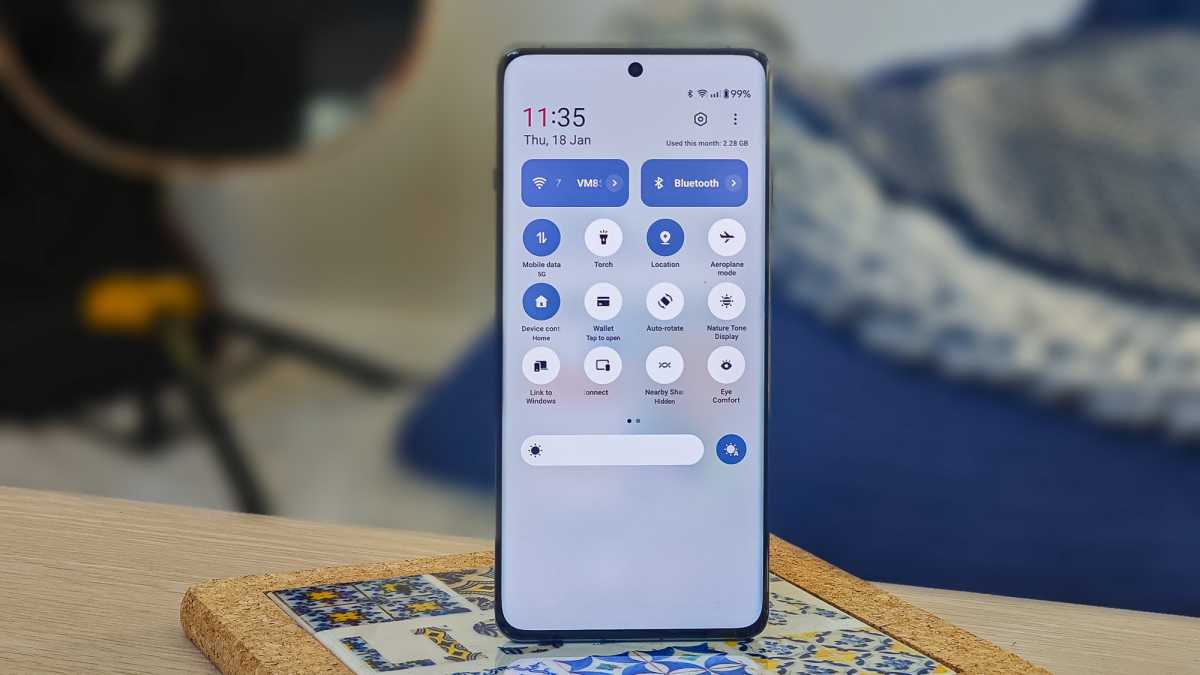
According to OnePlus China President Louis Lee on Weibo, the new chip promises “epoch-making” performance, marking a new era for mobile chips. He says that the OnePlus 13 will be equipped with Qualcomm’s latest technology, utilising a “self-developed dual-core architecture” for a major performance leap, with exclusive features tailored to OnePlus devices.
So this almost certainly means that the OnePlus 13 will be powered by Snapdragon 8 Gen 4. What’s more, the phone was recently benchmarked on Geekbench (via GSMArena), showcasing impressive results with this chip.
The multi-core score exceeds 10,000 points, with the CPU featuring two core clusters clocked at 4.32 GHz and 3.53 GHz. However, such high clock speeds raise concerns about overheating, leading some to question the accuracy of these figures.
The device also seems to offer 16 GB of RAM. However, a Chinese leaker Digital Chat Station on Weibo reports that the OnePlus 13 will go up to 24GB of LPDDR5X RAM. If true, this would match the maximum amount offered by the OnePlus 12.
Additionally, the new Adreno 830 GPU, with a clock speed of 1,250 MHz, could deliver up to 30% better performance than its predecessor, the Adreno 750.
Cameras
Cameras are likely to be a big focus on the OnePlus 13. According to Android Authority, OnePlus will make minor improvements to its periscope-style telephoto lens and keep other cameras the same.
If true, OnePlus would be sticking with three lenses on the back – the current 50Mp main, 48Mp ultrawide and 64Mp 3x telephoto cameras. It’s also not clear if the 16Mp selfie lens will be improved at all.
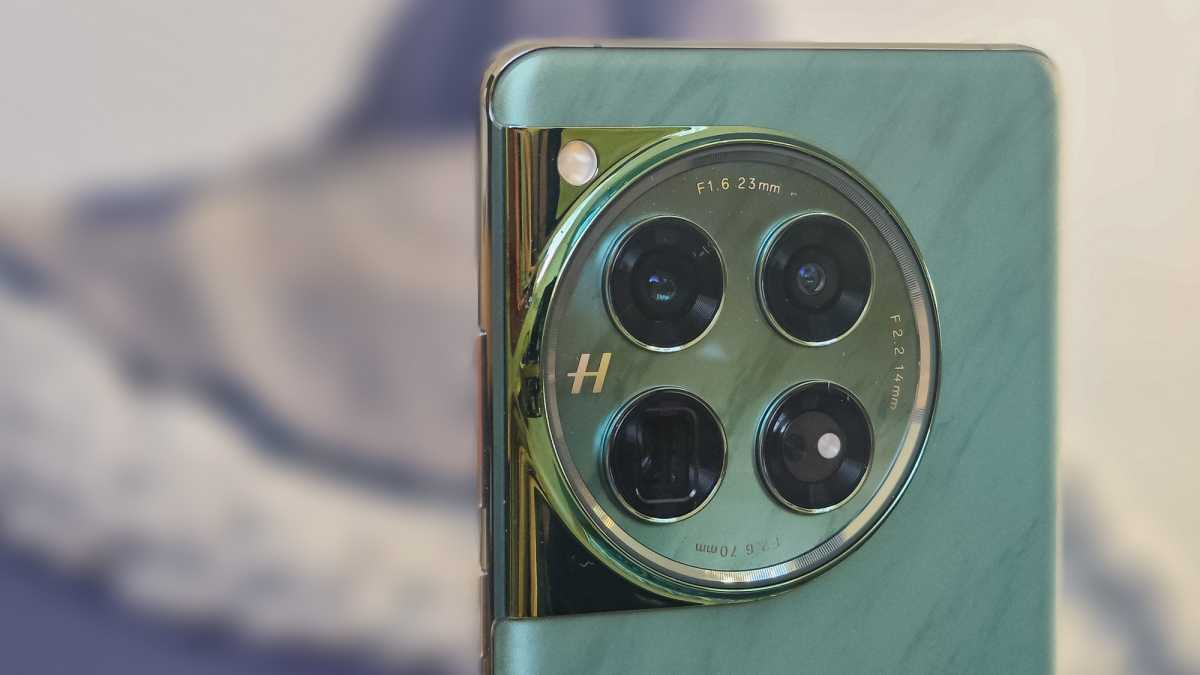
However, a known leaker Digital Chat Station (also via Android Authority) suggests that all three lenses might be 50Mp, with the telephoto lens retaining its 3x optical zoom. He also adds (via GizmoChina) that the main camera will use Sony’s Lytia LYT-808 sensor with an f/1.6 aperture, similar to its predecessor.
Battery and charging
The OnePlus 12 already has a great battery and charging combination, with a 5400mAh cell and support for 100W wired, 50W wireless and 10W reverse wireless charging.
While it’d be a surprise to see any further improvements on the 13, a know leaker Digital Chat Station claims that the OnePlus 13 will feature a larger 6000mAh battery, with the same fast charging capabilities—100W wired and 50W wireless.

The OnePlus 13 is also set to support magnetic wireless charging (via GSMArena) but with a unique approach. Rather than embedding magnets directly inside the phone, it will likely rely on magnetic cases to connect with magnetic wireless chargers.
This information was shared by a OnePlus executive on Weibo, though it’s worth noting that machine translation could affect some details. There’s still a possibility that the phone may have built-in magnets.
If OnePlus follows the case-based system, it would be similar to existing products that allow regular phones to work with MagSafe chargers.
Software
Android 15 is likely to be out by the time the OnePlus 13 is released, so it’s likely to be running Google’s next major version of the software.
It’ll likely be paired with OnePlus’ own OxygenOS 15 skin, although it doesn’t usually make many changes to the core Android user experience.
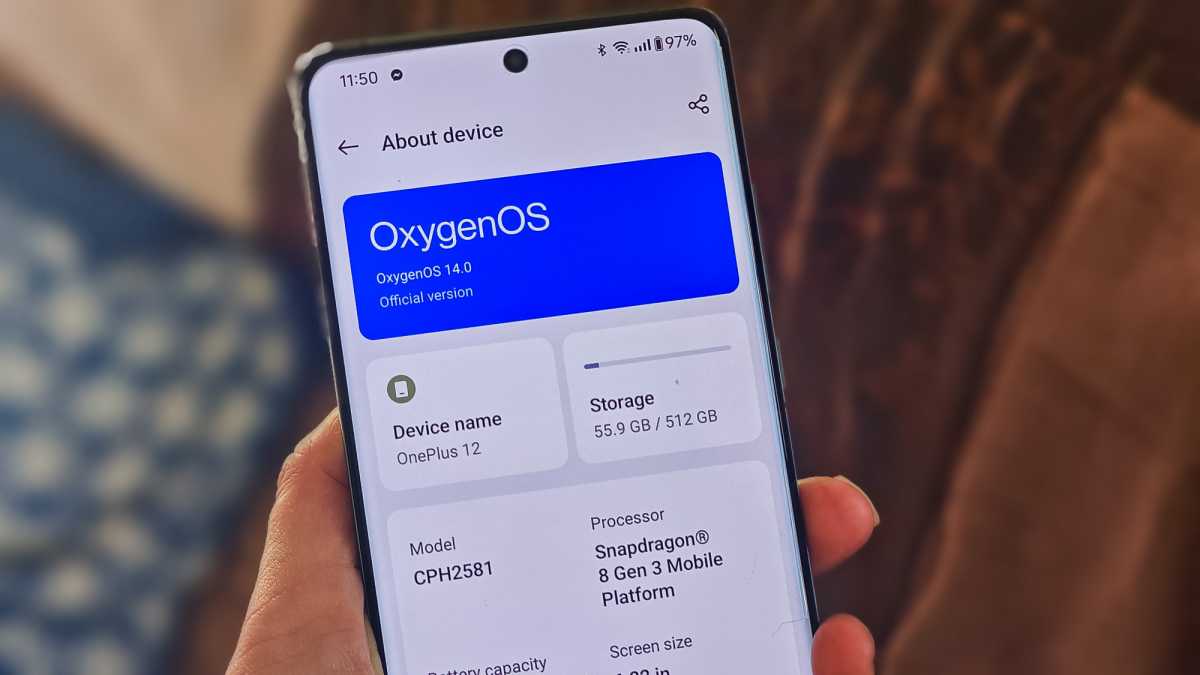
It’ll be interesting to see if OnePlus matches Google and Samsung in offering seven years of software updates. The current four years of OS updates and five years of security patches is already pretty good, though.

